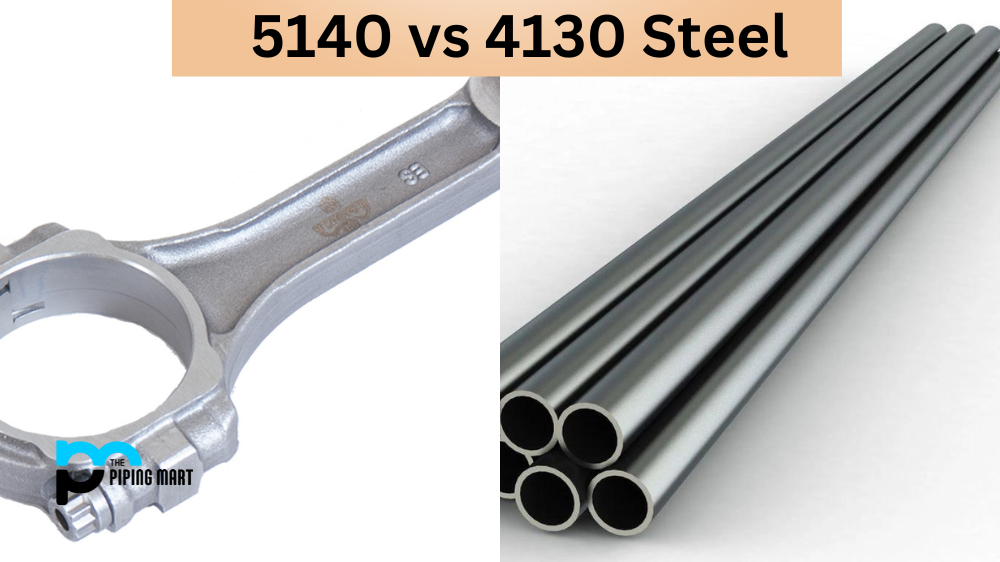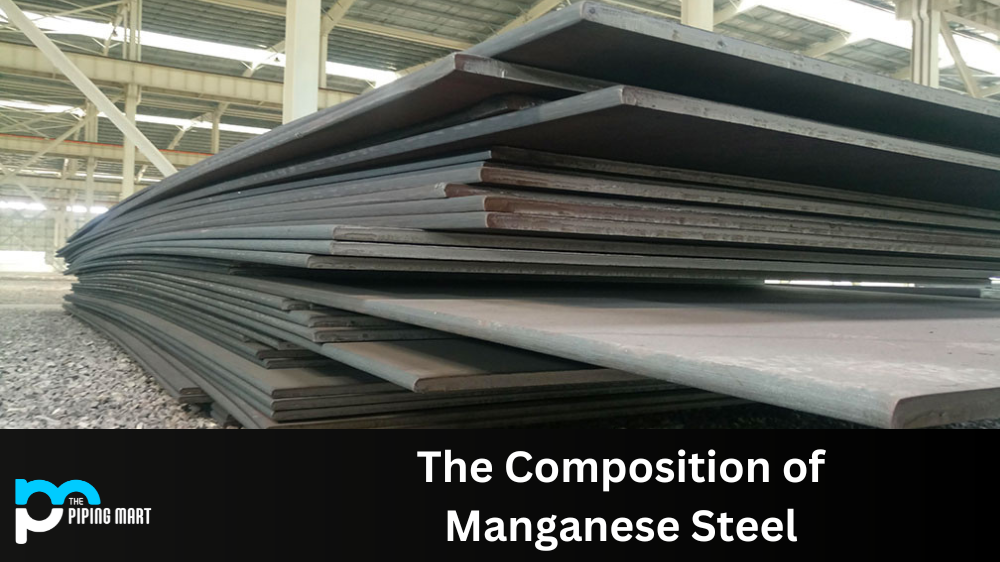Steel is an essential material today, and multiple variants are used in different industrial applications. With the need for durability and strength, comparing two of the most commonly used steels, 5140 and 4130, is worth pondering. These steels are heat-treated alloys and have excellent machinability, but some differences must be addressed before selecting the right steel for your application. In this blog, we will dive deep into 5140 and 4130 steel, analyze their characteristics, and provide you with the most significant differences.
Difference Between 5140 and 4130 Steel
5140 steel is a chromium-manganese alloy with good hardenability, high strength, and toughness. It is often used in applications requiring shocks and high wear resistance, such as automotive gears and shafts. 4130 steel is an alloy steel that is supplied in the annealed condition. It has a lower carbon content than 4140 steel and can be welded without preheating. This makes it ideal for applications where post-weld heat treatment is not required.
The primary distinction between 5140 and 4130 is their carbon content. 5140 contains a more significant amount of carbon, typically around 0.38% to 0.43%, making it harder than 4130 steel. 4130, on the contrary, only contains up to 0.3% carbon, making it much more ductile. This higher flexibility implies that 4130 is more resistant to cracking and, therefore, can be used in critical applications prioritizing toughness.
Another significant difference between 5140 and 4130 is their application range. Due to its high carbon content and hardness, 5140 steel is a better fit for high-stress applications, including gears, shafts, and heavy-duty machinery. It’s commonly used in manufacturing truck and automobile parts due to its toughness and durability. Meanwhile, 4130 steel has excellent weldability due to its lower carbon content, which makes it ideal for welding-intensive industries such as aerospace and aviation. It’s also used in applications requiring formability, like tubing, structural components, and other light industrial applications.
Composition
5140 steel contains 0.9-1.2% chromium, 0.15-0.35% manganese, 0.20-0.40% carbon, and 0.70-0.90% silicon. 4130 steel contains 0.28-0.33% carbon, 0.40-0.60% manganese, 0.80-1.10% chromium, and 0.15-0.25% molybdenum.
Properties
5140 steel has good hardness, toughness, strength, and wear resistance. It can be machined and welded without preheating; post-weld heat treatment is unnecessary. 4130 steel has excellent weldability, making it ideal for applications without requiring post-weld heat treatment.
Uses
5140 steel is often used in applications such as gears, shafts, and connecting rods. 4130 steel is often used in aircraft frames and roll cages.
Conclusion
In conclusion, 5140 and 4130 steel offer distinctive features and applications, making them an excellent choices for various industrial uses. Understanding their differences and selecting the best fit for your requirements is critical to ensure a reliable and long-lasting end product. If you prioritize toughness and high-stress applications, 5140 steel is your best choice. If formability and weldability are your priorities, 4130 steel would be ideal. The right steel depends on the specific usage and application requirements.

A passionate metal industry expert and blogger. With over 5 years of experience in the field, Palak brings a wealth of knowledge and insight to her writing. Whether discussing the latest trends in the metal industry or sharing tips, she is dedicated to helping others succeed in the metal industry.




